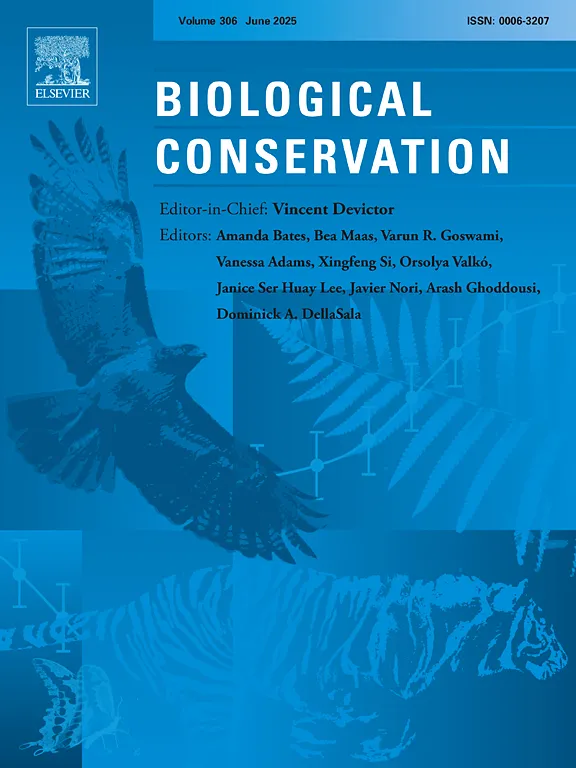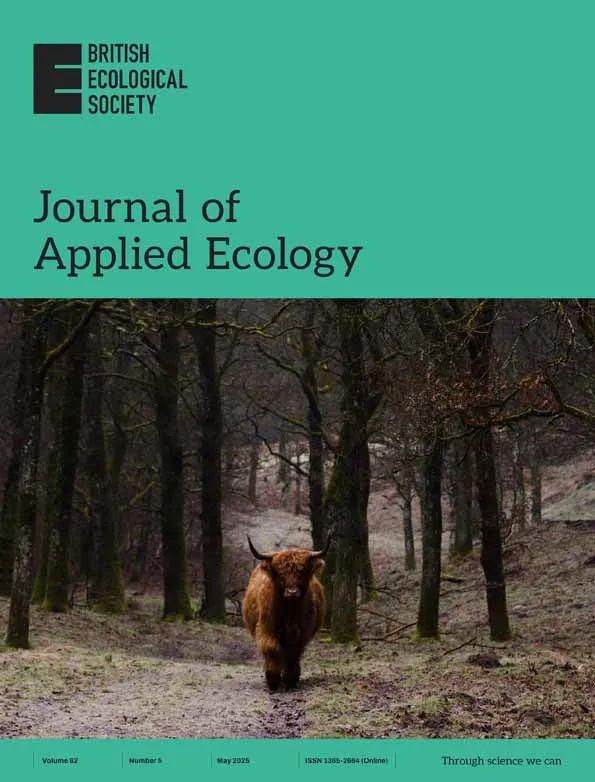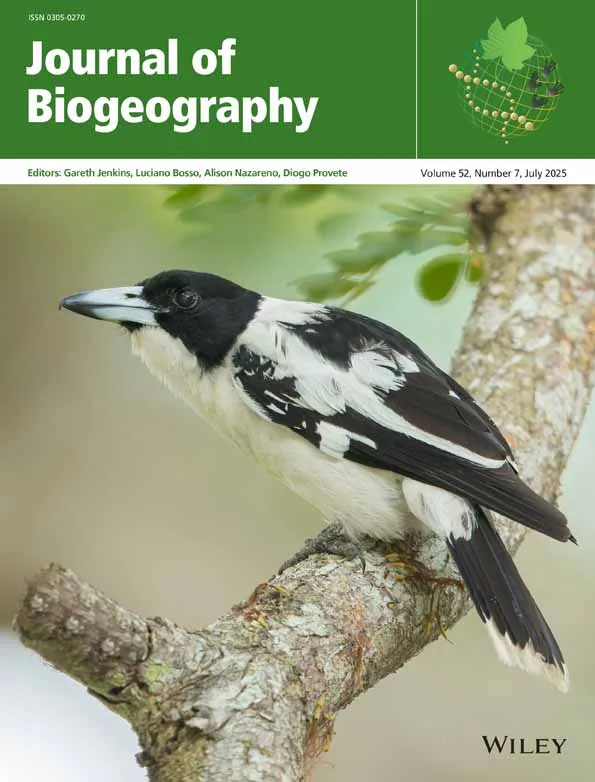BTO publishes peer-reviewed papers in a wide range of scientific journals, both independently and with our partners. If you are unable to access a scientific paper by a BTO author, please contact us.
Search settings
Framework for assessing species vulnerability whilst on migration to a spatially explicit anthropogenic pressure
Author: Green, R.M.W., Cook, A.S.C.P., Burton, N.H.K., Franks, S.E. & Green, J.A.
Published: 2025
Migration is a critical component of animal lifecycles, and human development globally is increasingly interfering with animal migration routes. There is not a generally accepted approach to assess impacts of development on migratory species. This study showcases a framework to enable impacts to be assessed comparatively. It uses UK ducks, geese and swans as a case study to illustrate the variation between species.
17.04.25
Papers

Landscape context influences efficacy of protected areas and agri-environment scheme delivery for breeding waders
Author: Hawkes, R.W., Mason, L.R., Conway, G.J., Siriwardena, G.M., Grice, P.V., Cole, A.J. & Peach, W.J.
Published: 2025
16.04.25
Papers

European breeding bird declines associated with narrower climatic niches
Author: Zalewska, K. Gilroy, J.J., Catry, I., Atkinson, P.W., Klvaňová, A. & Franco, A.M.A.
Published: 2025
09.04.25
Papers

A review of Curlew headstarting projects in Europe
Author: Ewing, H. Bowgen, K.M., Burton, N.H.K., Saunders, R., Perkins, A., Gajko, A., O’Donoghue, B., Kala, B., Kerperin, C., Kelley, C., Heward, C.J., Krupiński, D., Nijs, G., Weber, H., Düttmann, H., Kruckenberg, H., Deiting, J., Thiess, L., Szajda, M., Maluśkiewicz, M., Boschert, M., Obłoza, P., Tüllinghoff, R., Kelly, S.B.A., Grigg, T. & Franks, S.E.
Published: 2025
Breeding waders are among the most threatened of European bird species and the focus of a suite of conservation interventions, such as the improvement of grassland nesting habitats, and the protection of nests and chicks from predators and destruction by agricultural activities. Headstarting is a relatively novel technique in breeding wader conservation, where eggs are removed from the wild and reared in carefully controlled environments. It aims to bypass the threats individuals encounter during vulnerable early life stages in the wild. Headstarting differs from more traditional forms of captive rearing, in that individuals only remain in captivity for a small part of their life cycle (generally egg and hatchling stages) and are released once at a less vulnerable stage to provide a quick, artificial boost to the breeding productivity of a wild population.
01.04.25
Papers

Macroecological rules predict how biomass scales with species richness in nature
Author: Pigot, A.L., Dee, L., Richardson, A.J., Cooper, D., Eisenhauer, N., Gregory, R.D., Lewis, S., Macgregor, C.J., Massimino, D., Maynard, D., Phillips, H.R.P., Rillo, M., Loreau, M. & Haegeman, B.
Published: 2025
This study identifies a new fundamental rule governing how ecosystems are assembled, revealing how and why biomass increases with the number of species, whether this be the mass of fish on a coral reef, earthworms in the soil or birds in the sky.
20.03.25
Papers
